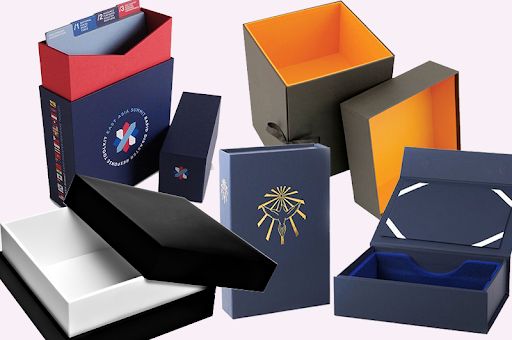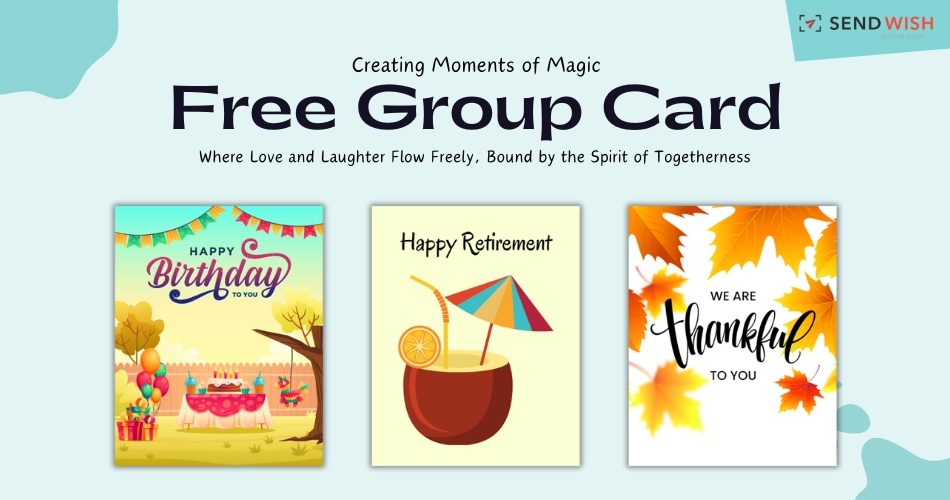The concept of packaging boxes transcends their basic function of containment and protection; they are a dynamic component in the realms of logistics, marketing, and consumer experience. The origins of packaging boxes can be traced back to ancient times, where natural materials were first used to store and transport goods. Today, the packaging industry has evolved into a sophisticated network of design, materials science, and technology, constantly adapting to the demands of global distribution and consumer preferences.
Types of Packaging Boxes
Cardboard Boxes
Predominantly manufactured from corrugated fiberboard, cardboard boxes are favored for their light weight, recyclability, and customizability. They can be engineered to withstand various stressors such as compression, moisture, and impact during shipping. Innovations such as water-resistant coatings and reinforced corners are enhancing their functionality.
Plastic Boxes
Plastic boxes offer a unique combination of strength, versatility, and clarity, which makes them ideal for a wide array of applications, from retail packaging to heavy-duty industrial containers. Advances in bioplastics and recycling technologies are addressing environmental concerns associated with plastic packaging.
Metal Boxes
Metal boxes, typically made from aluminum or steel, are used for their exceptional durability and protective qualities. They are often the go-to choice for transporting high-value items or materials that require airtight seals.
Design Considerations in Packaging
Effective packaging design successfully merges aesthetic appeal with practical utility. This section delves into how brands use design to create a memorable unboxing experience that aligns with their identity and values.
Functionality vs. Aesthetics
The dual demand for functionality and aesthetics in packaging can pose challenges. Functional design focuses on the logistics of packaging, including protection, storage efficiency, and ease of transport. Aesthetic design, however, aims to attract customers through visual elements like colors, shapes, and textures, which must resonate with the target audience’s expectations and preferences.
Sustainability in Packaging
As environmental awareness increases, so does the push for sustainable packaging solutions. This involves not only choosing materials that are recyclable or biodegradable but also designing packages to use less material overall. The section highlights case studies of companies leading the way in innovative sustainable packaging.
Technological Advancements in Packaging
Automation in Packaging
The integration of robotics and automation in packaging processes helps companies increase production speeds, improve accuracy, and reduce labor costs. Automated systems range from simple conveyor belt setups to complex robotic arms equipped with AI, capable of assembling, packing, and labeling products.
Smart Packaging
This exciting area of packaging technology includes developments like augmented reality (AR) labels, temperature-sensitive inks, and packaging that communicates with IoT devices. These innovations not only enhance product safety and shelf life but also offer new ways for brands to engage with consumers directly through their packaging.
Choosing the Right Packaging Box
Factors to Consider
When selecting packaging, businesses must evaluate factors such as the product’s dimensions, weight, fragility, and value. The choice of packaging material can significantly affect the product’s safety during shipping and its shelf presence in retail environments.
Cost Analysis
This section provides a detailed breakdown of costs associated with different types of packaging materials and technologies, offering insights into how businesses can optimize their packaging strategies for both budget and performance.
Future Trends in Packaging
Looking ahead, the packaging industry is poised for further innovations in sustainability and customization. Technologies such as 3D printing and AI are expected to play larger roles, enabling more personalized and environmentally friendly packaging solutions.
Conclusion
In conclusion, the role of packaging boxes in the contemporary market extends beyond basic functionality to being a pivotal element in user experience, environmental sustainability, and marketing. Understanding the various facets of packaging allows businesses to make informed decisions that align with their brand ethos and market demands.
FAQs
1. What is the most environmentally friendly packaging material?
· Currently, cardboard made from recycled materials and plant-based plastics are considered some of the most eco-friendly options available.
2. How does packaging affect consumer purchasing decisions?
· Well-designed packaging can significantly enhance the perceived value of a product, influencing purchasing decisions by improving visibility, providing essential product information, and aligning with consumer values like sustainability.
3. What are the benefits of using smart packaging technologies?
· Benefits include enhanced product tracking, improved consumer safety through better freshness tracking, increased engagement via interactive elements, and superior data collection capabilities for manufacturers.
4. How can small businesses choose cost-effective packaging?
· Small businesses should prioritize packaging that is both economical and suitable for their specific product needs, considering factors like material costs, production runs, and potential for reuse or recycling.
5. What are the predicted future trends in packaging for the next decade?
· Future trends include greater emphasis on sustainable practices, increased use of AI and automation for personalized packaging experiences, and continued development of smart packaging that integrates with other digital technologies.





